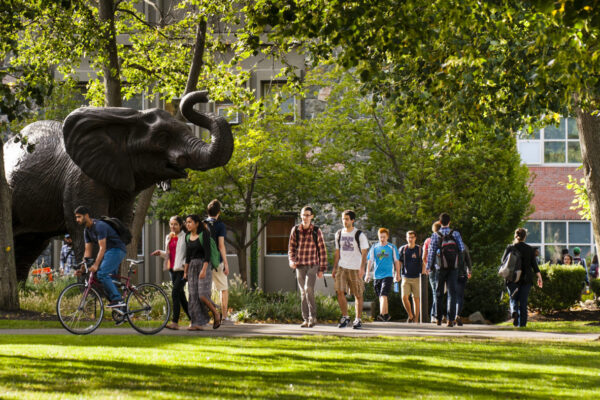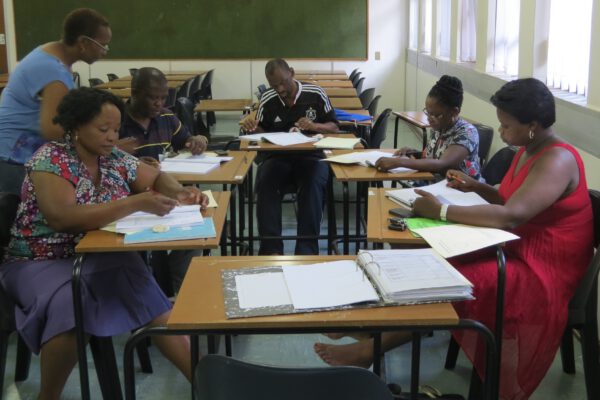Kicking Off International Education Week
By Brad Farnsworth
As we observe International Education Week (Nov. 13-17), it is a good time to reflect on the state of international higher education, especially in light of the current political climate in the United States.
First, the good news. Internationalization continues to be a high priority among ACE’s members, particularly in the areas of study abroad, international students, and international partnerships. The services that we provide at ACE continue to be valued and recognized, both inside and outside the United States. And international educators have responded with resilience and creativity to the new political climate in our country; we have never been more energized or more dedicated.
But we have a lot of work to do. The latest international student survey from the Institute of International Education shows a substantial decline in the number of international students who entered U.S. institutions for the first time in the fall of 2017. The stakes are high: International students are now important to the U.S. economy as well as to colleges and universities. While it is tempting to blame this entirely on the November 2016 election, this is the third consecutive year that enrollments have slowed.
There is no easy solution, but I am confident that our members will approach this challenge with the same ingenuity, professionalism, and hard work that they have shown over the past year. Here at ACE, we are ready to offer our advice and support.
If you have any questions or comments about this blog post, please contact us.


